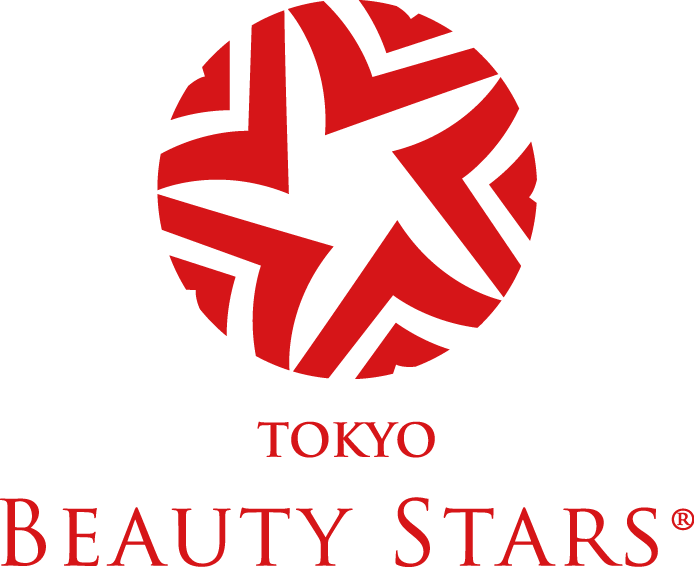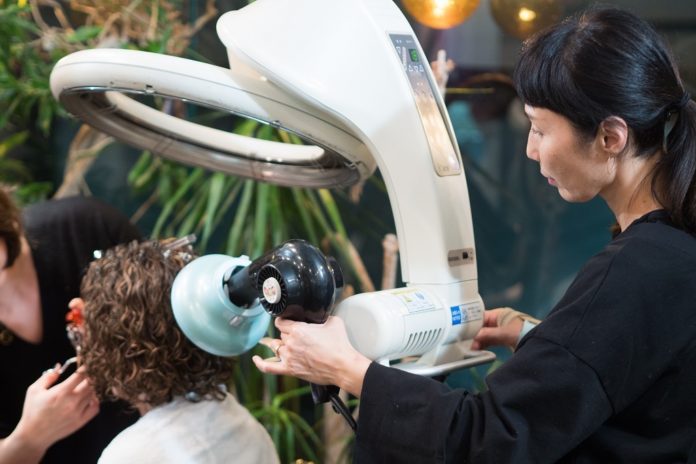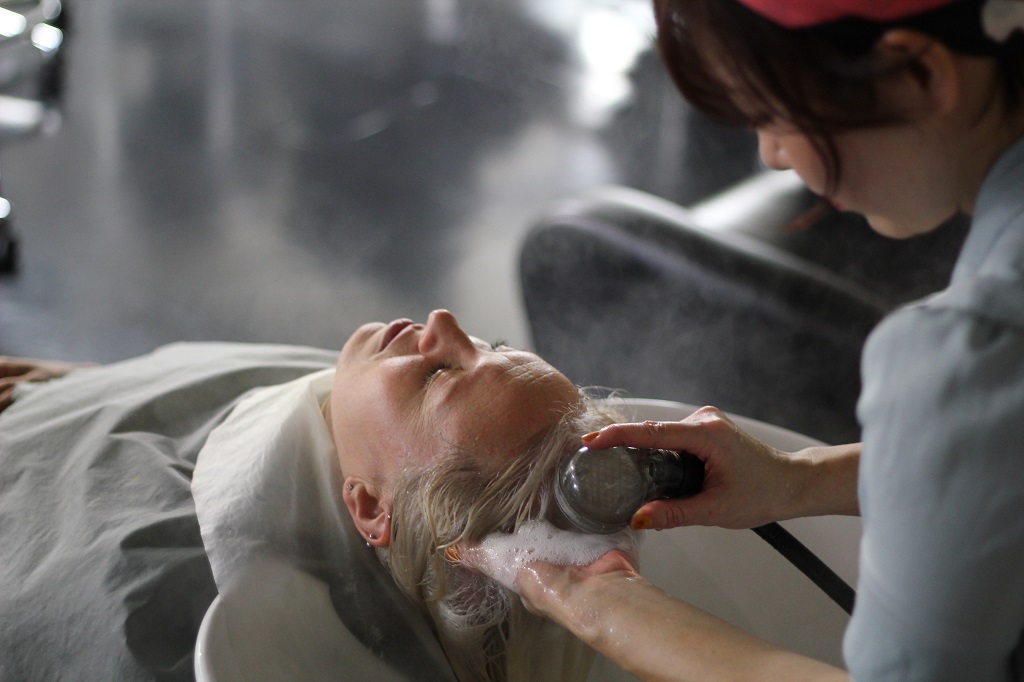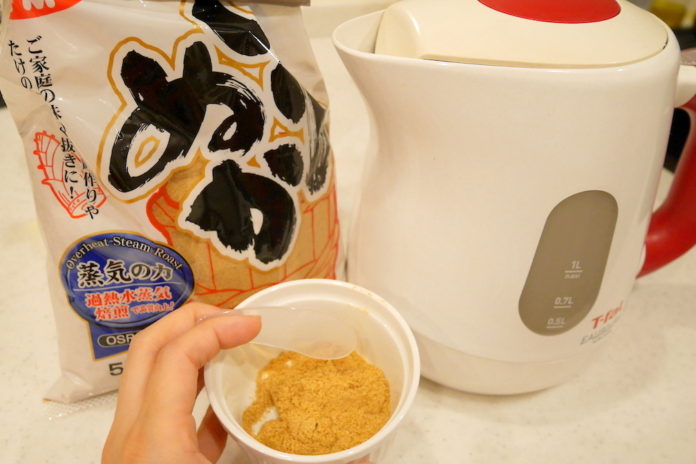Hi ladies (and gents)! Lately, we’ve received a lot of inquiries on how to deal with the much-dreaded problem of dandruff and itchy scalp. In fact, dandruff and itchy scalp seem to particularly be an issue with our female clients in their 30s and 40s:
“Do you have any haircare packages specifically targeting dandruff?”
“Please let my stylist know I suffer from itchy scalp.”
“I’m looking for a Japanese hair care product to prevent dandruff and itchy scalp.”
So today, let’s talk dandruff. We can start by learning about what causes dandruff.
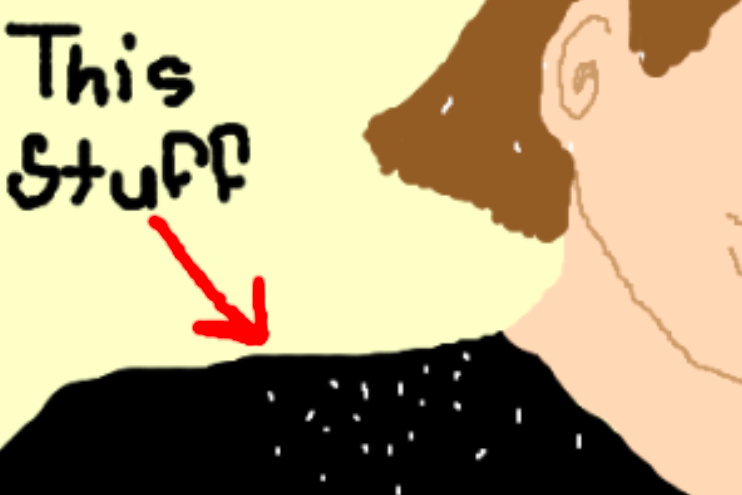
Dandruff is Dead Skin That Needs Exfoliation
First things first, dandruff is normal and can happen to any healthy person. So don’t be embarrassed. What exactly is dandruff? Dandruff is waste from the scalp, sort of like the dirt of your skin. Our skin undergoes a rebirth cycle around every month where new skin cells are generated. The same cycle takes place in your scalp. The only difference is, during turnover, dead scalp skin cells are pushed out in flakes and the resulting skin fallout is dandruff. Dandruff during a normal skin cycle is usually very, very small and often washed out unnoticed with normal shampooing.
Losing Your Scalp Sebum and Bacteria Balance Increases Dandruff!
The scalp is a part of the body where sebum or fatty oil secretion is especially active. In addition, the scalp houses bacteria that occur naturally on your skin. An appropriate amount of sebum moisturizes the scalp, and natural bacteria protect your scalp health by preventing infections from unwanted bacteria. However, if the balance of sebum and natural bacteria is off, turnover in the scalp becomes irregular. In which case, skin peels off faster and in larger quantities than during a regular skin cycle, resulting in obvious dandruff.
Know the Two Types of Dandruff
Not all dandruff is the same. There are two main types of dandruff, each requiring different treatment solutions.
・Dry dandruff
In dry dandruff, your sebum is being washed out from excessive shampooing or a product containing harsh detergents. A dry scalp has a weaker immune system and an irregular turnover rhythm, which causes the peel off of immature skin cells. If you have dry face skin, chances are your scalp is also dry and you may be dealing with dry dandruff.
・Oily dandruff
If you have oily face skin, insufficient shampooing or lack of thorough rinsing will produce excess sebum. Natural bacteria then increases more than necessary and stimulates even more sebum production. The excess sebum oxidizes and, mixed with old skin, transforms into greasy dandruff and smelly scalp.
Dandruff across Age, Gender and Season
Aside from your skin type, there are other factors that can cause dandruff. For instance, weather. Our skin tends to be drier in the winter due to lack of moisture in the air, while hot humid summers can lead to greasy dandruff. In terms of age, both men and women experience an increase in sebum secretion during hormonal teenage years. Speaking of gender, females sebum secretion peaks at 30 (oily dandruff), after which, the amount of sebum usually decreases and the skin tends to become dry (dry dandruff).
Excess Dandruff Triggers Itchy Scalp
If you have dandruff, you may likely also suffer from itchy scalp. That is because the excess skin and oil from dandruff irritate your scalp, generating an itchy sensation. However, other factors to consider include your shampooing methods and frequency.
And that’s a wrap for this blog. We hope you come away with a little more understanding of dandruff within the skin cycle process, and its different causes. Be on the lookout for our next blog where we will explore different measures and options on how to treat dandruff!
